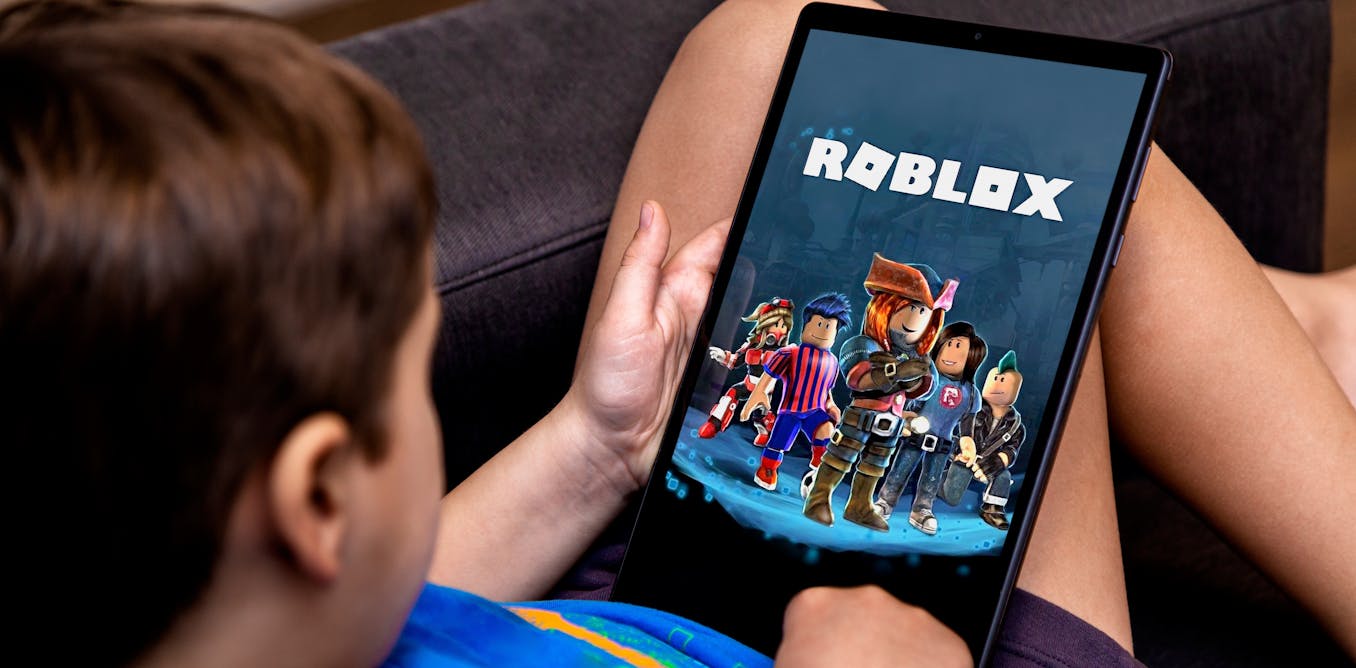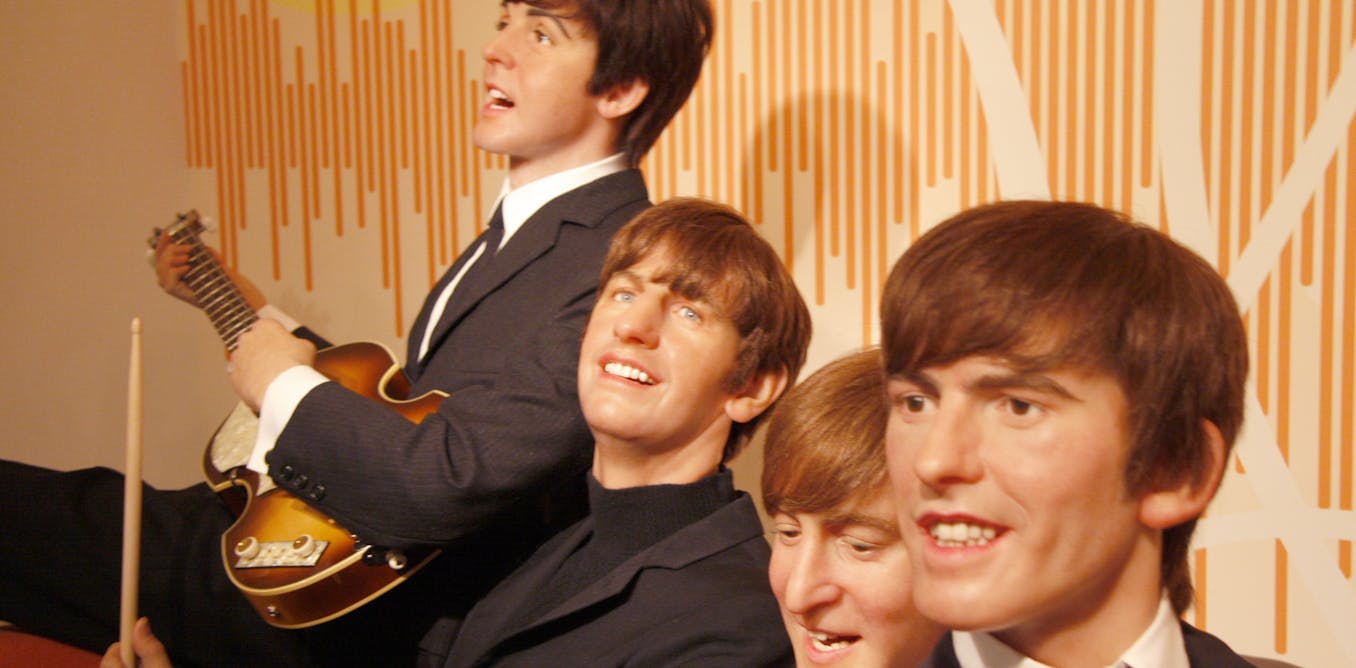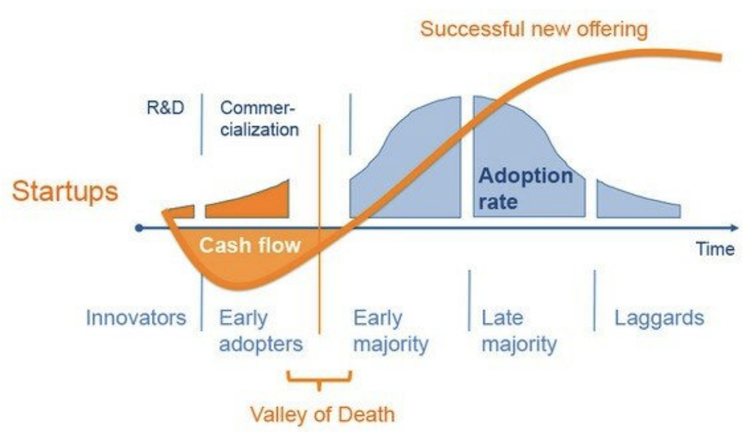Roblox is an online platform that allows users to create games and play those designed by others. A self-described “ultimate virtual universe,” it is hard to pinpoint exactly what Roblox is: Is it a game? Is it social media? Is it a place to create content or consume media? Is it a place to shop or sell? Is it a metaverse? Or simply a platform? How do we even understand what Roblox is? And does it matter?
Roblox is a multiplayer game world where users create their own singular avatar and move through immersive experiences built by other users. On Roblox, users can move through approximately 40 million different experiences to play, shop, converse and consume media.
According to Roblox’s latest figures, over 77.7 million daily active users worldwide play Roblox every day. Close to half of these are under the age of 13. Roblox largely caters to children between the ages of nine and 12, but that is currently skewing upwards as the company “reimagines the way people come together.”
As a media studies scholar, I know that it is critical we understand immersive platforms like Roblox as they are drafting a new digital future with a large scale digitization of work, entertainment and services within a single corporate platform.
Tailored experiences
Roblox was released in 2006 by co-founders David Baszucki and Erik Cassel, and its popularity dramatically increased during the COVID-19 pandemic. In 2023, it generated revenue of US$2.7 billion and is currently valued at about US$25 to $30 billion. This makes it one of the world’s largest virtual economies; the platform’s GDP is as large as that of some countries.
Similar to YouTube, Roblox doesn’t create content — instead, it hosts what the company refers to as “immersive experiences.”
Roblox is a new category of communication and entertainment, at the nexus of internet technologies and game engines, with social media and entertainment brands. Roblox describes itself as a “medium of shared experiences.”
It differs from legacy media such as television with shows and commercials, or even Web 2.0 games like Neopets or Webkinz where players engage with prebuilt game worlds. Instead, Roblox is part of a new iteration of the internet, one that is built on game engines, blockchain technologies and token-based economies.
Virtual economies
Roblox is free to play, but users are incentivized to spend Robux (virtual currency) to buy “verch” (virtual merchandise) or update their game experience. This may seem benign, but platforms like Roblox are radically shifting what media actually is and the way that kids are integrated into digital commerce.
Roblox can be experienced both as a space for play and as a place for creation. Once users download access to the platform as an app, they can move their avatars through various experiences — they can play games such as Adopt Me, chat with other avatars, attend virtual concerts or buy verch with Robux in pop-up shops.
(Shutterstock)
As a place for creation, developers can build experiences, games and verch that allow them to earn Robux when users spend time in their experiences or buy their verch.
Developers are enticed to create in Roblox on the promise of earning Robux, but this rarely translates to real-world value. Only 0.002 per cent of 4.2 million developers even qualify to be able to exchange Robux into actual currency.
Developers range from individual users to large studios that build experiences for brands such as Adidas or Nicki Minaj.
Roblox is a closed-off virtual economy. Not only does Roblox completely control the currency of Robux, there is no exchange with other platforms, meaning that experiences, avatars and even Robux can’t be taken outside the platform.
Roblox is also a site to engage with branded content, as many intellectual properties such as Walmart, IKEA and Gucci are creating branded immersive experiences for consumers. In such spaces the distinctions between brands and content is becoming increasingly entangled.
Roblox has its sights on connecting one billion users a day. It is one of many tech companies currently envisioning a new digital future that incorporates work, entertainment and services on one controlled platform.
We need to understand what these platforms are and there potential impact on our economic, social and political life.




